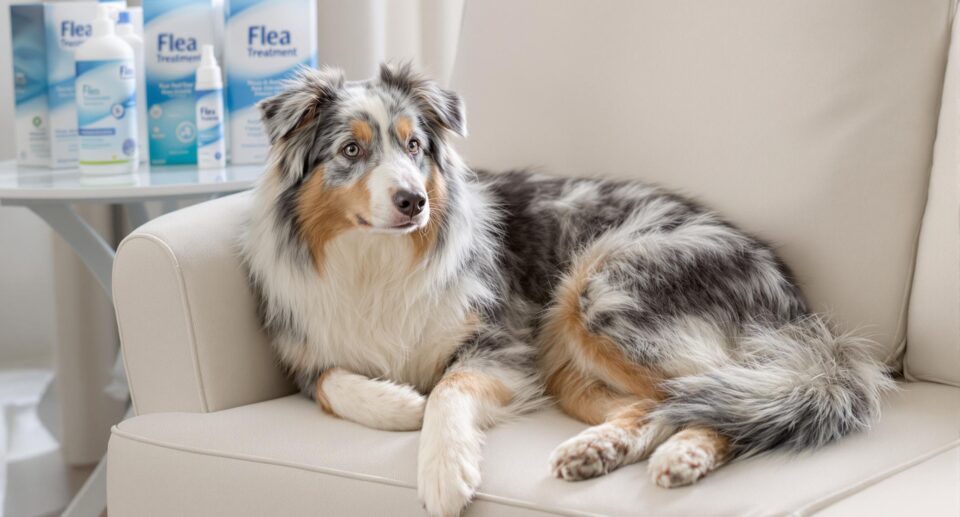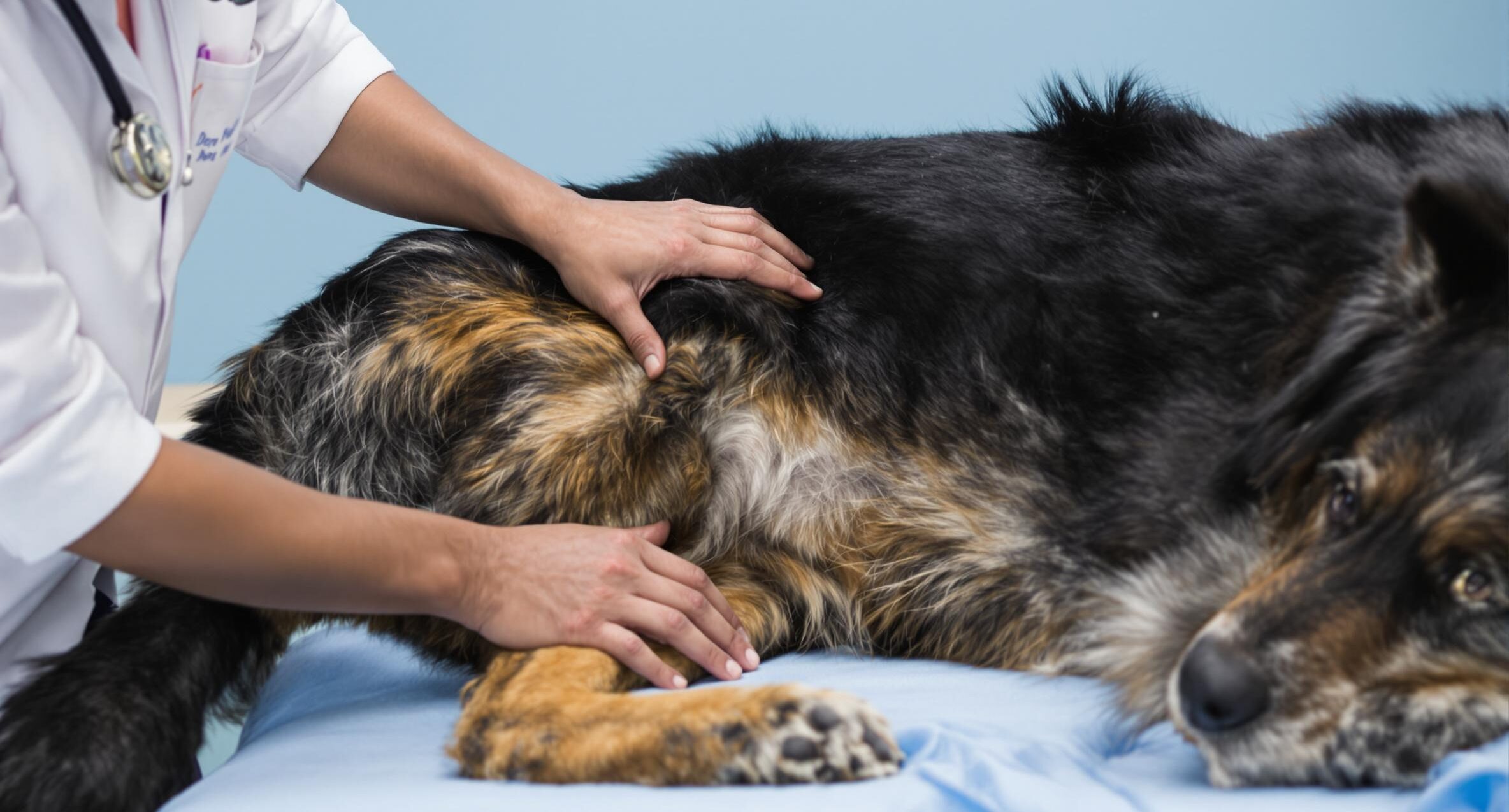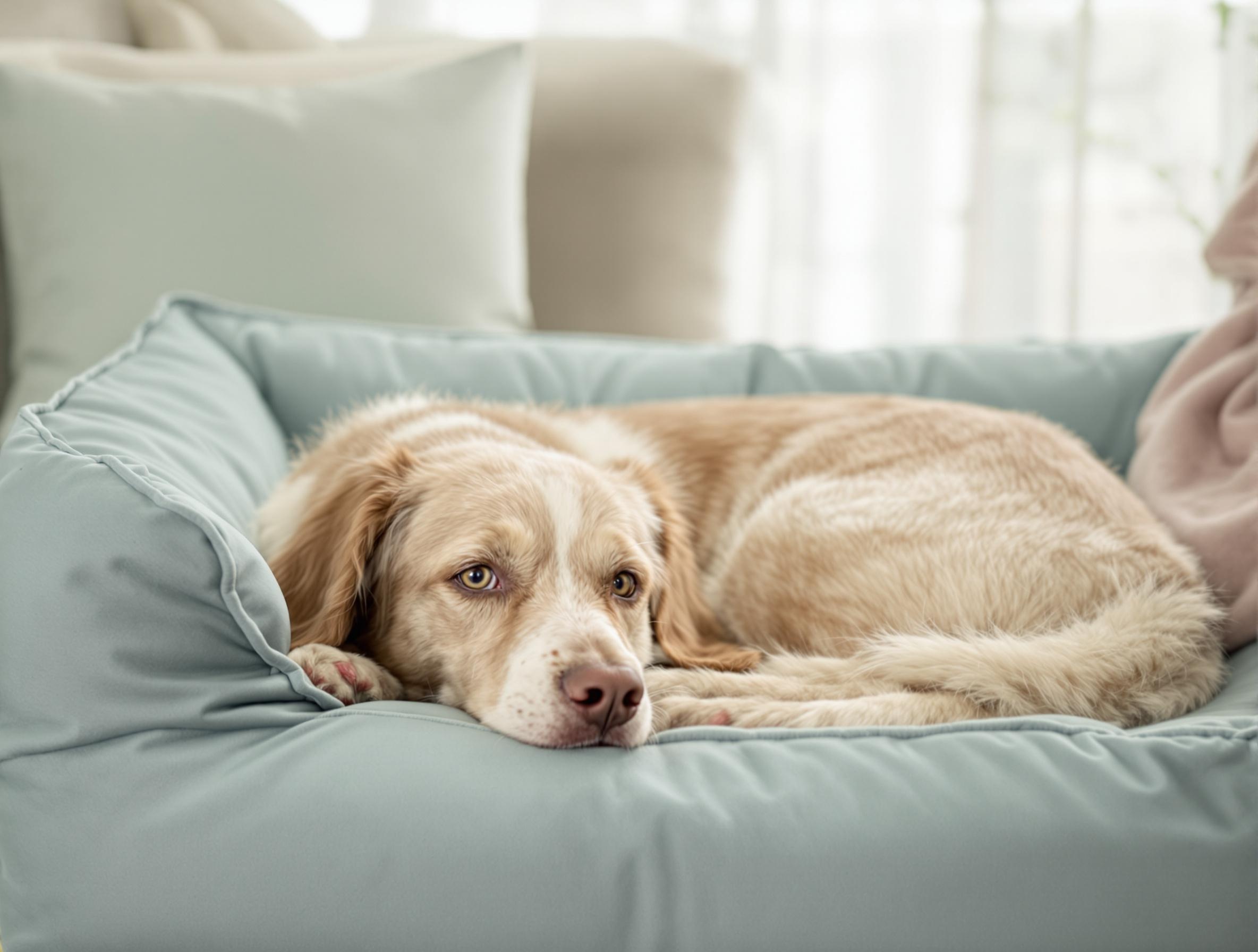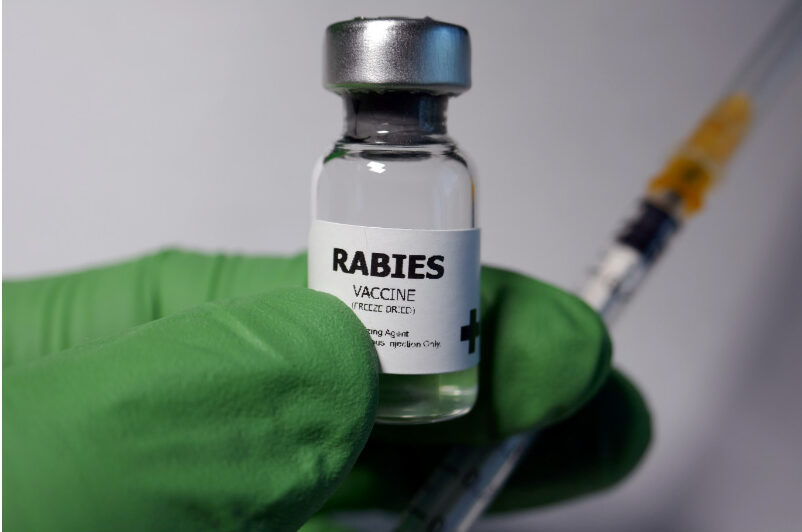Finding a Lump or Wart on Your Dog
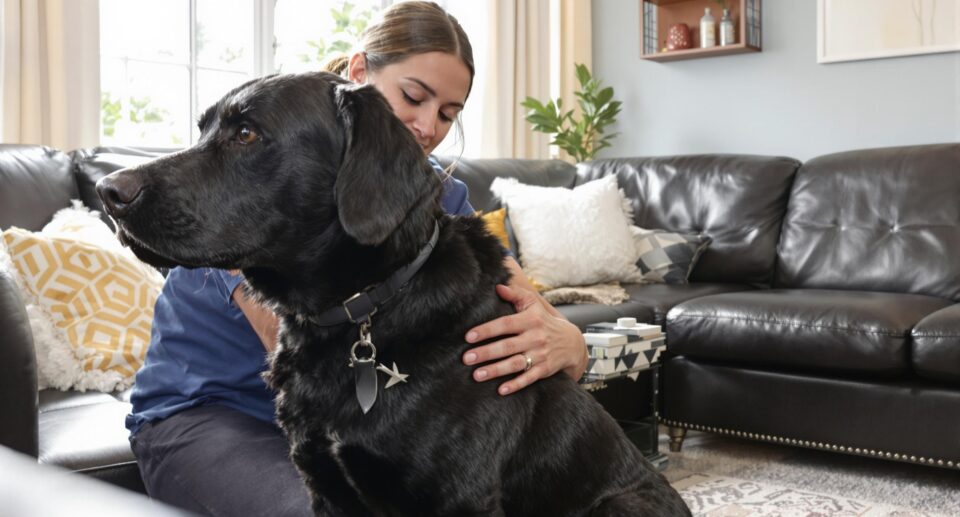
Lumps and bumps are commonly found in pets, especially in middle age and older pets. Many times animal guardians find these “excrescences” while petting or grooming their pets. Lumps can take many forms from raised, ulcerative, and/or bleeding lumps, innocent skin tags, or painless moveable nodules below the skin. Growths may appear on any area of the body. Probably the two most common benign growths seen in small animal practice are benign fatty tumors known as lymphomas and raised warty growths.
While the exact cause is not known in some cases, certain types of viruses known as papilloma viruses are believed to be involved in other cases. In my experience I have also seen polyvalent viral vaccinations trigger wart development in some cases. Whenever lumps, bumps, warts or other growths are found on our pets, it is important to document the size and rate of enlargement of any growth, as well as bring them to the attention of a veterinarian, as some warty growths may increase in size and/or cause itchiness or discomfort to your pet.
Take your pet to the vet
Warty growths are distinguished from other growths that pets may develop by not only the clinical appearance on the physical exam, but also through evaluation of cells under the microscope taken from the growth by the veterinarian. These cells may be taken with a needle (known as a needle biopsy), which is commonly done in the exam room without sedation, or through an excisional biopsy, which typically requires sedation or anesthesia.
Are warts contagious?
While some warts are caused by viruses known as papilloma viruses, it is not suspected that these type of viruses are contagious to other pets or people. Many pets, however, have a tendency to develop multiple warts throughout their lives.
How to treat lumps or warts
While there are many over the counter human wart removal products, it is probably best to have a veterinarian evaluate lumps or warts on your pet, and decide whether surgical removal or biopsy is necessary. In some cases veterinarians will leave warts alone that are not bothering a particular pet. There are certain natural homeopathic remedies, such as the remedy Thuja occidentalis, which may help decrease the size of certain growths or warts that are suspected to be caused by vaccination. If there is no response to this remedy within a few weeks, then it is important to have the lump or wart re-evaluated by the veterinarian.


